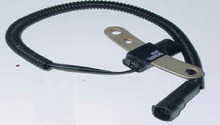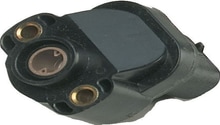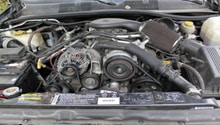Jeep Grand Cherokee 1993-1998: Why is My Jeep Stalling?
There are a myriad of reasons why your Jeep is stalling. Here are several avenues to follow in search of a solution.
This article applies to the Jeep Grand Cherokee ZJ (1993-1998).
One of the most annoying problems you will ever face as an owner of a Jeep Grand Cherokee is a Jeep that stalls out on you almost every chance it gets. This common problem has stumped many owners and contributed to a sharp decline in the amount of cash in their pockets. Don't let this happen to you. There are several things that you can try in order to resolve the problem before you go throwing parts at it. If it is a part that must be replaced, make sure to do a thorough diagnosis before unnecessarily replacing parts that otherwise have no issue. Even the most well-intentioned professional may be so stumped as to throw many parts at the problem, hoping that one of them fixes it. This is going to cost you a bundle. Save yourself a lot of dough, frustration as well as time by diagnosing and repairing this problem yourself. Most parts that could be a contributing factor in your stalling issue can be replaced by yourself on your own time for a fraction of the cost of taking it somewhere to have it done.

Materials Needed
- Voltmeter (optional)
- All-purpose cleaner (optional)
- Shop towels/rags (optional)
- Electronic's cleaner
- Soft bristle brush
- Dielectric silicone
- Zip ties (optional)
Step 1 – Check for loose wiring
System grounding wires and studs are prone to corrosion.
The easiest problem to fix costs nothing and takes only a few minutes of your time. There are a few places where the electrical systems ground. These are prone to oxidation and can get really dirty. One of the most important, and has the highest probability to be your issue, is the PCM ground at the dipstick. The PCM is often times the part that gets replaced, whether it needs it or not. Replacing the PCM involves touching other parts such as the forward ground post, which could be the actual culprit. A free cleaning versus up to $1,000 to replace the PCM should be reason enough to take the time to look over every possible cause, rather than dropping a grand on a new computer. The other grounds aren't as likely to be your problem, but they should be checked and cleaned up just to make sure. Before you start cleaning, disconnect your battery first.
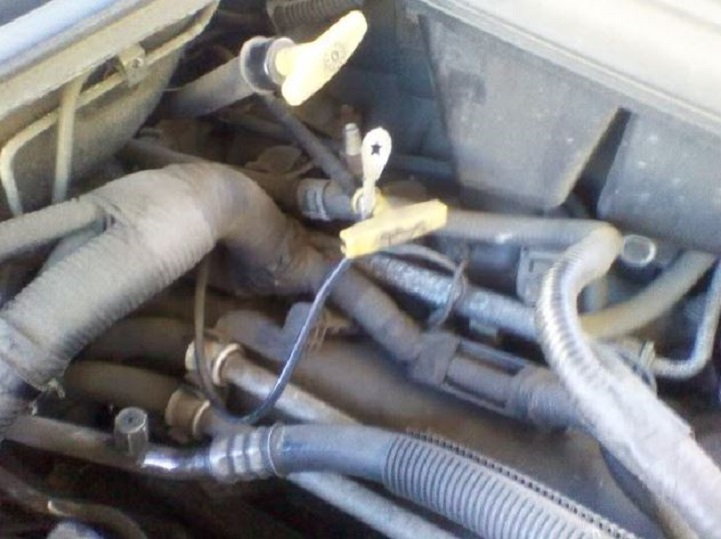
If cleaning the grounding studs and wires didn't work, check the PCM contacts.
Step 2 – Check the PCM for loose connections
The contacts on the PCM are prone to getting very dirty or completely worn out.
Have someone start your Jeep and sit inside while you wiggle each component of the PCM to see if the engine acts normal, stalls out, or changes its tune. If this is the case, the PCM connectors are probably corroded. There are tabs on the top and bottom of each side of the PCM. Take care when pushing in the tabs and pulling the PCM straight out, so you don't snap any of them off. In order to do this, you will need to disconnect the battery first, and then pull the coolant reservoir and its bracket. Once the PCM is removed, clean the connectors on the plugs and the PCM itself with an electronic's cleaner and soft bristle brush. Use a liberal amount of dielectric silicone on the connections and reconnect the PCM. Reconnect your battery and start your Jeep. Gently rock your PCM controls again and see if the same thing happens. If not, you have solved your problem.
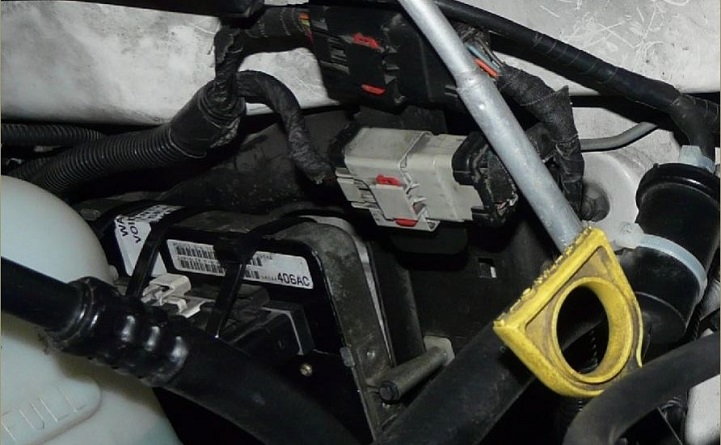
Pro Tip
To make a tighter or stronger connection, you can use zip ties to press the contacts in, which may be all that needs done.
If you are still experiencing stalling issues, check other components before resorting to replacing the PCM.
Step 3 – Check ASD relay for corrosion
A bad ASD (auto shut down) is sometimes the culprit for stalling Jeeps.
The main fuse box in the engine compartment houses two fuses for the ASD. One is the main and the other is the relay. Pull both of these and check for corrosion or arcing as well as other burn out scenarios. These are relatively inexpensive to replace and in many cases, is the cause of the stalling problems in these vehicles.
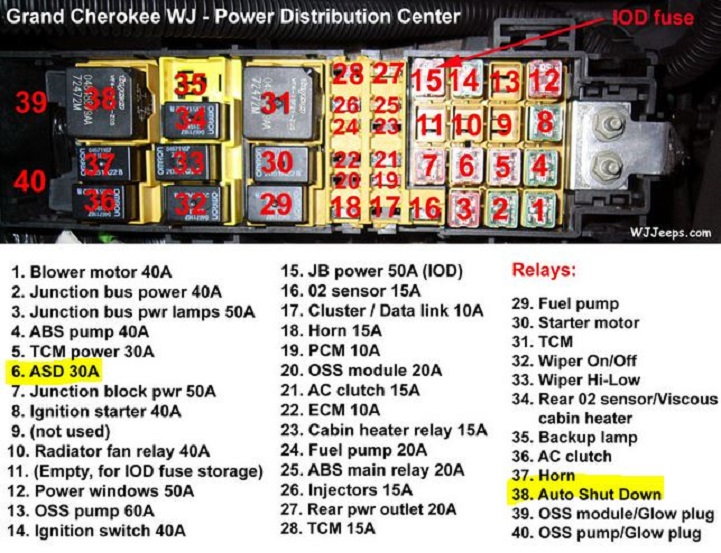
If the ASD fuses look like they are in good working order, check for air, fuel or vacuum leaks.
Step 4 – Check for vacuum system, air flow and fuel pressure leaks
Any one of these issues will cause the PCM to send too much or too little air into the air fuel mixture.
The PCM obtains data from many different systems, and adjusts the engine to compensate accordingly. If there is a leak in the fuel pressure system, the vacuum hoses or with air flow itself, the PCM may cause too much gas to flood the cylinders and not enough air to create the proper combustion.

If you are getting good air flow, fuel pressure and your vacuum lines check out, another common problem is the CPS.
Step 5 – Check camshaft and crankshaft position sensors
These two vital components control the timing and firing of the cylinders that are oftentimes the culprit for stalling engines.
The camshaft and crankshaft position sensors aren't the easiest parts in the world to change, but they are much cheaper to replace than the PCM, combined. They have often proven to to be the culprit for stalling Jeeps; the crankshaft position sensor more often than the camshaft position sensor. The crankshaft position sensor is much easier to replace, but the bolt is a bit difficult to get to. It is located on the underside, middle of your Jeep, and above the bell housing on the transmission. It is really susceptible to getting really nasty under there in that location. Try changing that out first and see if that fixes your problem.
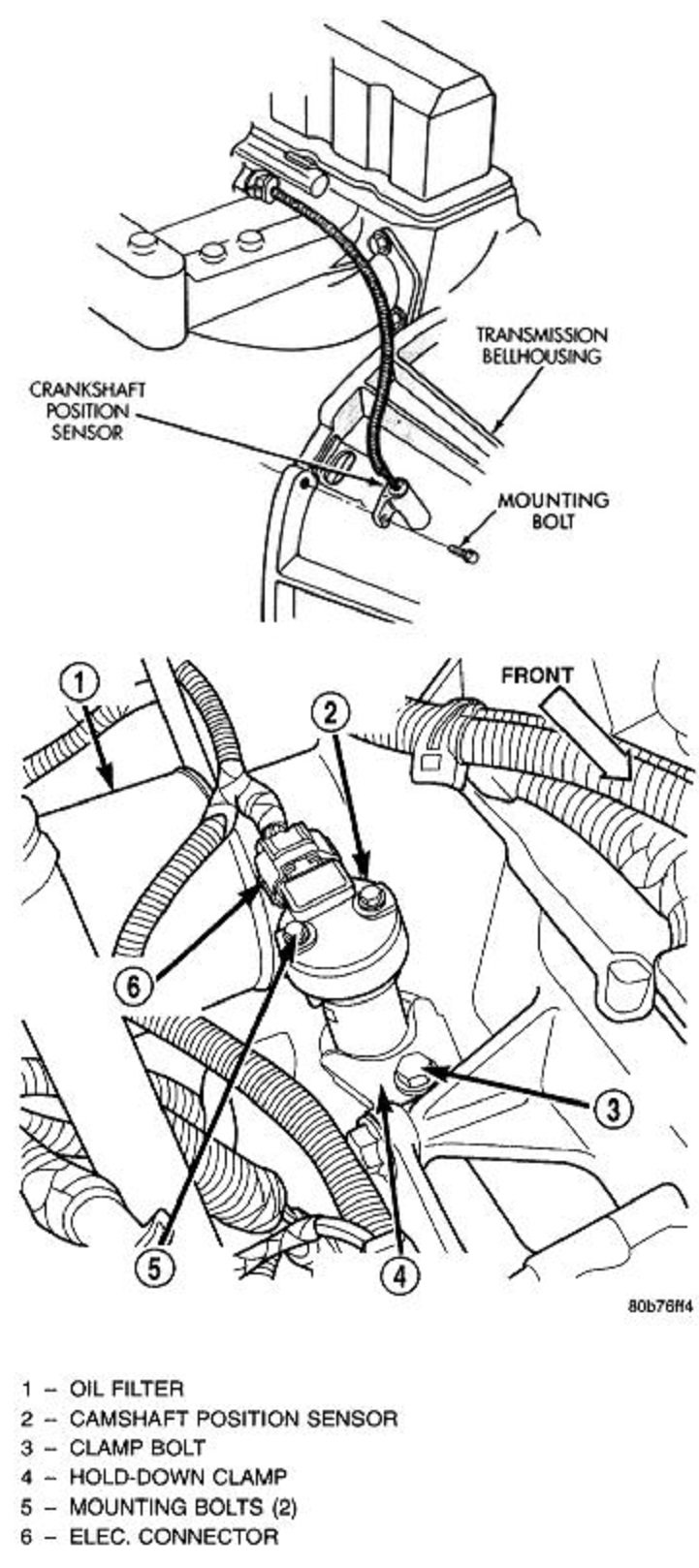
If these prove to not be the problem, it may be time to replace your PCM.
Step 6 – Replace your PCM
The PCM controls your vital engine function based upon input from various sensors.
Changing the PCM almost always solves the stalling problem, but it is not a cheap fix if you do it right. There are many suppliers of PCMs for the Jeep, and most of these are re-built or re-furbished units. Oftentimes, these re-built units aren't of the best quality and you may find yourself in this same position again in the next year or two. These may be fine for you for a quick fix if you are looking to sell your Jeep. They are also much less expensive than a replacement OEM from the factory. You will be looking at anywhere from $300 to $400 for a re-furbished PCM and up to $1,000 for a manufacturer's replacement part. Because of this huge cost, it is always in your best interest to really troubleshoot many of these other components before replacing the PCM, which may not necessarily have needed replacing.
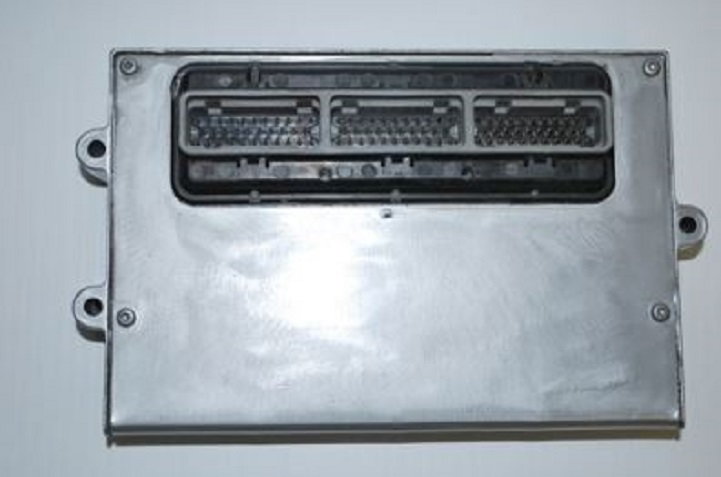
Featured Video: Jeep Stalling PCM Fix
Related Discussions
- Sudden Stalling in Hot Weather - CherokeeForum.com
- Weird stalling problem, PCM? - CherokeeForum.com
- 98 Cherokee STILL Stalling - CherokeeForum.com
- Jeep Grand Cherokee Stalling Fixed! - CherokeeForum.com


